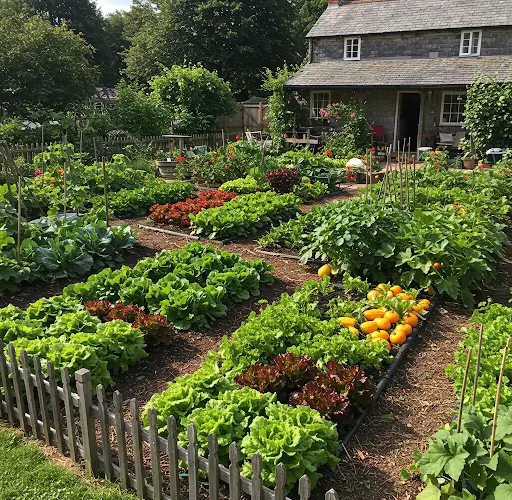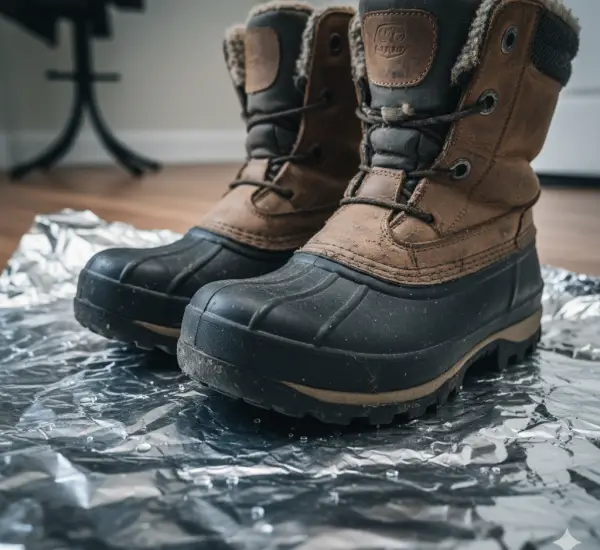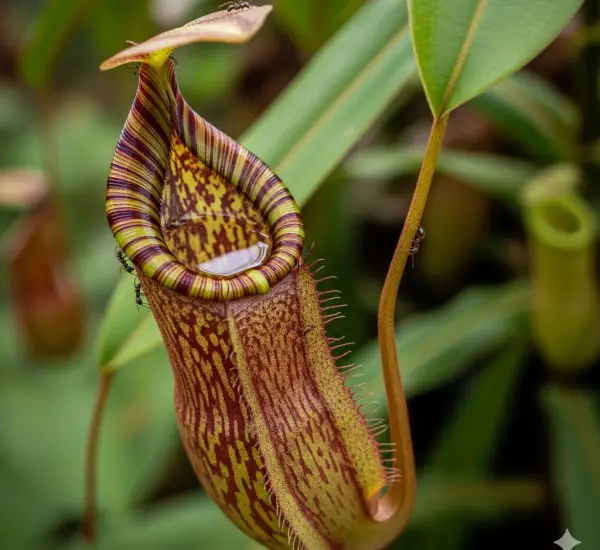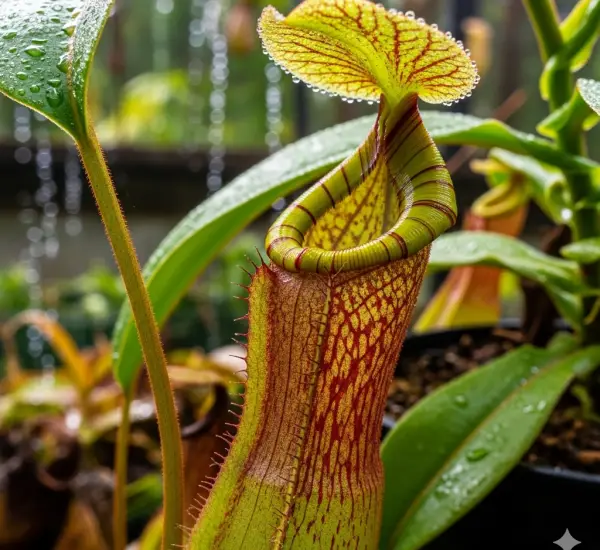I Wish I Knew This Method of Growing Vegetables at Home Without Using Soil Sooner
Growing vegetables at home doesn’t always require soil, large garden beds, or even a backyard. In fact, one of the easiest and cleanest ways to grow fresh, nutritious vegetables is without soil at all. Whether you’re short on space, want to avoid pests, or just prefer a cleaner gardening method, soilless gardening is a game-changer.
This technique is ideal for beginners and experienced gardeners alike. It’s budget-friendly, easy to set up, and perfect for urban dwellers. Here’s a simple and effective guide to growing vegetables at home without using soil.
What Is Soilless Gardening?
Soilless gardening refers to growing plants without traditional soil. Instead, plants are cultivated using alternative mediums like water, coco peat, sand, or other inert materials that provide support while nutrients are delivered directly to the roots. The most popular forms include:
-
Hydroponics: Growing plants in a water-based solution rich in nutrients.
-
Coco peat culture: Using coconut fiber as a growing medium.
-
Aquaponics: A combination of fish farming and hydroponics.
-
Sand culture: Growing in sand, which acts only as support while nutrients are added via water.
In this article, we’ll focus on an easy, beginner-friendly method using coco peat and water—an ideal choice for leafy greens and small-rooted vegetables.
Materials You’ll Need
To start a simple soilless garden at home, gather the following:
-
Plastic containers or trays (with drainage holes)
-
Coco peat (also known as coir or coconut fiber)
-
Water
-
Vegetable seeds (spinach, lettuce, coriander, fenugreek, mustard greens, etc.)
-
A spray bottle or watering can
-
Optional: liquid organic fertilizer (like compost tea or fish emulsion)
Coco peat is widely available in garden centers and online. It’s sustainable, lightweight, and holds moisture very well—making it an excellent alternative to soil.
Preparing the Growing Medium
-
Hydrate the Coco Peat: If you’re using compressed coco peat blocks, soak them in water until they expand fully and become soft and fluffy. A single block can produce a large volume of planting material.
-
Fill the Container: Fill your plastic container or tray with the moistened coco peat. Ensure the container has drainage holes to prevent excess water buildup.
-
Level the Surface: Lightly press down the surface of the coco peat to create an even layer for sowing seeds.
Sowing the Seeds
-
Scatter the Seeds: Sprinkle the seeds evenly across the surface. Avoid overcrowding to ensure each plant gets enough space and light to grow.
-
Cover Lightly: Gently sprinkle a thin layer of coco peat over the seeds—just enough to cover them.
-
Water Gently: Use a spray bottle or fine watering can to moisten the surface without disturbing the seeds.
-
Cover (Optional): To speed up germination, you can lightly cover the container with a damp cloth or cardboard for the first couple of days. Remove as soon as seedlings appear.
Care and Maintenance
-
Light: Place your container in a well-lit spot that receives 4–6 hours of sunlight daily. If indoors, a sunny windowsill or balcony works well.
-
Watering: Keep the coco peat consistently moist but not soggy. Water gently once or twice a day, depending on the weather. Coco peat retains moisture longer than soil, so monitor carefully.
-
Fertilizing: Since coco peat doesn’t contain nutrients, consider feeding your plants with a diluted organic liquid fertilizer every 7–10 days once the seedlings develop their first set of true leaves.
Harvesting Your Vegetables
Most leafy vegetables grown in coco peat can be harvested within 20 to 30 days. For microgreens or baby leaves, you can harvest even sooner. Use clean scissors to snip the outer leaves or cut entire clusters just above the base.
Quick-growing options include:
-
Mustard greens
-
Coriander
-
Spinach
-
Fenugreek
-
Lettuce
-
Basil
You can reseed every couple of weeks to maintain a continuous harvest.
Benefits of Growing Without Soil
-
Clean and mess-free: No mud, no mess—ideal for indoor gardening.
-
Pest reduction: Fewer chances of soil-borne pests and diseases.
-
Faster growth: Direct nutrient access leads to quicker plant development.
-
Water-saving: Coco peat holds moisture well, reducing water needs.
-
Space-efficient: Perfect for apartments, balconies, or rooftops.
Final Tips
-
Always use clean containers to prevent mold or fungal issues.
-
Rotate your trays if sunlight is coming from one direction to ensure even growth.
-
Avoid overwatering—though coco peat retains water, too much can still cause damping off in young seedlings.
With this simple soilless method, you can enjoy fresh, homegrown vegetables all year round—right from your balcony or kitchen window. It’s easy, efficient, and ideal for anyone looking to live a healthier, more sustainable lifestyle.




